
Mystical Upper Mustang: The Last Forbidden Kingdom
Discover Upper Mustang, Nepal: A Mystical Journey into the Last Forbidden Kingdom, Preserving Ancient Tibetan Culture Amidst the Breathtaking Himalayan Landscape.
Upper Mustang, nestled in the Himalayan region of Nepal, is a mystical destination that promises an unforgettable journey. Known as the Last Forbidden Kingdom, this remote area was closed to foreign visitors until 1992. It remains one of the few places in the world where Tibetan culture has remained untouched by modern civilization. The walled capital city of Lo Manthang, with its centuries-old monasteries and caves, offers a glimpse into a world where time seems to stand still. The landscape of Upper Mustang is stark and striking, with red cliffs, deep canyons, and eroded rock formations that create an otherworldly experience. The region is part of the rain shadow of the Himalayas, making it one of the driest places in Nepal. This unique climate has helped preserve its ancient palaces, monasteries, and cave dwellings. Trekking through Upper Mustang is like walking through a living museum, with every step unveiling a story from the past. The people of Upper Mustang, known as the Loba, are as captivating as the land they inhabit. Their traditional Tibetan lifestyle, customs, and festivals are a major draw for visitors. The Tiji Festival, a three-day ritual held in Lo Manthang, is a vibrant celebration that attracts many tourists each year. Visitors can also interact with the locals and learn about their way of life, adding a personal touch to the travel experience. Whether you are a history buff, an adventure seeker, or a cultural enthusiast, Upper Mustang offers something special for everyone.
Local tips in Upper Mustang
- Permits are required to visit Upper Mustang. Make sure to arrange them well in advance.
- Best time to visit is from March to early November, as the region is in the rain shadow of the Himalayas.
- Pack warm clothing, as temperatures can drop significantly, especially at night.
- Carry enough cash, as there are no ATMs in Upper Mustang.
- Respect local customs and traditions; always ask for permission before taking photographs of people or religious sites.
Mystical Upper Mustang: The Last Forbidden Kingdom
Upper Mustang, nestled in the Himalayan region of Nepal, is a mystical destination that promises an unforgettable journey. Known as the Last Forbidden Kingdom, this remote area was closed to foreign visitors until 1992. It remains one of the few places in the world where Tibetan culture has remained untouched by modern civilization. The walled capital city of Lo Manthang, with its centuries-old monasteries and caves, offers a glimpse into a world where time seems to stand still. The landscape of Upper Mustang is stark and striking, with red cliffs, deep canyons, and eroded rock formations that create an otherworldly experience. The region is part of the rain shadow of the Himalayas, making it one of the driest places in Nepal. This unique climate has helped preserve its ancient palaces, monasteries, and cave dwellings. Trekking through Upper Mustang is like walking through a living museum, with every step unveiling a story from the past. The people of Upper Mustang, known as the Loba, are as captivating as the land they inhabit. Their traditional Tibetan lifestyle, customs, and festivals are a major draw for visitors. The Tiji Festival, a three-day ritual held in Lo Manthang, is a vibrant celebration that attracts many tourists each year. Visitors can also interact with the locals and learn about their way of life, adding a personal touch to the travel experience. Whether you are a history buff, an adventure seeker, or a cultural enthusiast, Upper Mustang offers something special for everyone.
When is the best time to go to Upper Mustang?
Iconic landmarks you can’t miss
Patan Darbar Square
Explore Patan Darbar Square, a UNESCO World Heritage Site, where history, culture, and stunning architecture converge in the heart of Lalitpur, Nepal.
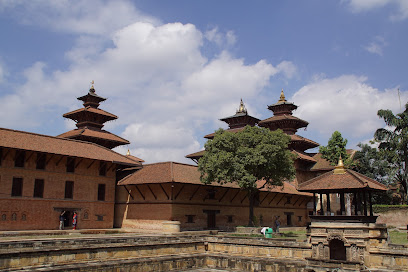
Manakamana Temple
Discover the sacred charm of Manakamana Temple, a revered Hindu site offering breathtaking views and a unique spiritual experience in Nepal.
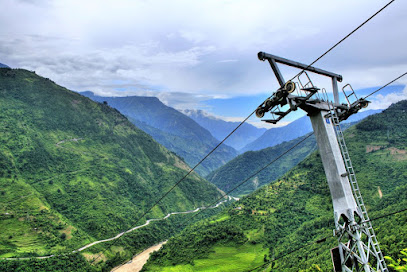
Annapurna Conservation Area
Explore the breathtaking Annapurna Conservation Area, a national park filled with stunning landscapes, rich culture, and unforgettable trekking adventures.

Shree Muktinath Temple
Discover the sacred Shree Muktinath Temple in Nepal, a spiritual journey at the heart of the Himalayas, blending culture, nature, and devotion.
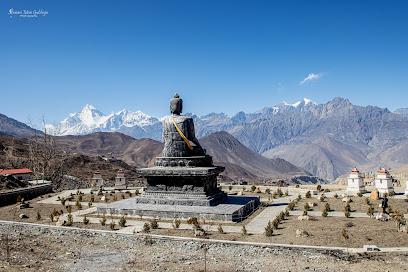
Mahendra Cave
Discover the enchanting Mahendra Cave in Pokhara, a geological wonder with magnificent stalactites and stalagmites, perfect for nature lovers and adventurers.
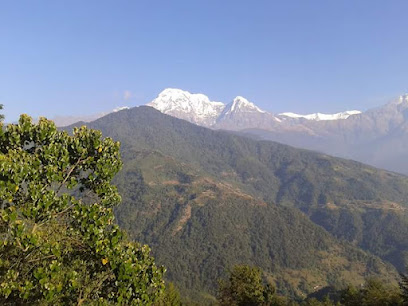
Pumdikot Religious Area
Discover the spiritual essence and breathtaking views at Pumdikot Religious Area, a must-visit Hindu temple in the heart of Pokhara, Nepal.
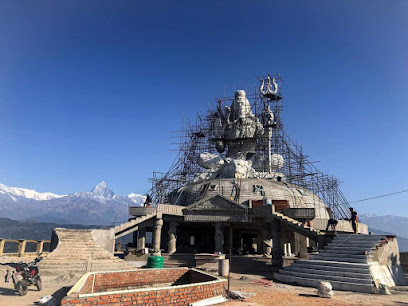
Seti River Gorge
Discover the breathtaking beauty of Seti River Gorge, a natural wonder in Pokhara, Nepal, perfect for adventure and tranquility.
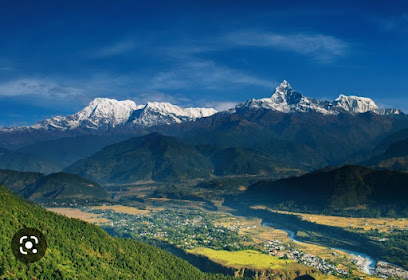
Rani Mahal
Discover Rani Mahal, Tansen's historic palace, a stunning architectural masterpiece overlooking the serene Kali River, blending beauty and rich heritage.
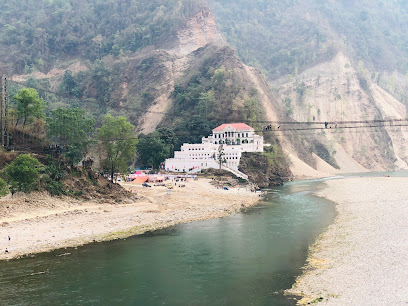
Galeshwor Temple
Explore the serene Galeshwor Temple in Beni, Nepal, a spiritual haven with stunning architecture and breathtaking natural beauty.
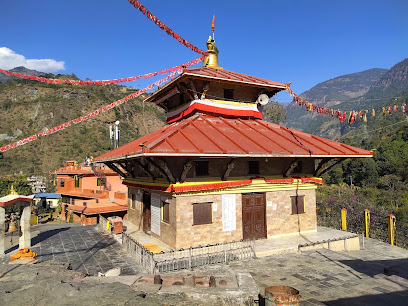
Siddha Gufa (Cave) Bimal Nagar
Discover the enchanting Siddha Gufa in Bimal Nagar, a breathtaking cave offering adventure, culture, and stunning natural beauty in Nepal.

Dhorpatan Hunting Reserve
Explore the breathtaking landscapes and rich wildlife of Dhorpatan Hunting Reserve, Nepal's premier destination for nature lovers and adventure seekers.
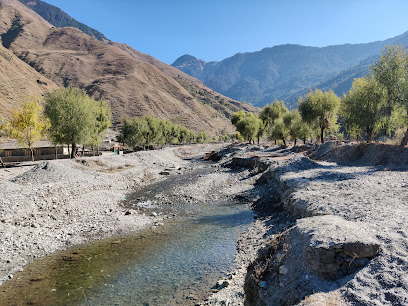
Tilicho Lake View Point
Discover the stunning beauty of Tilicho Lake View Point, where the majestic Himalayas meet the turquoise waters of Tilicho Lake, a true paradise for nature lovers.
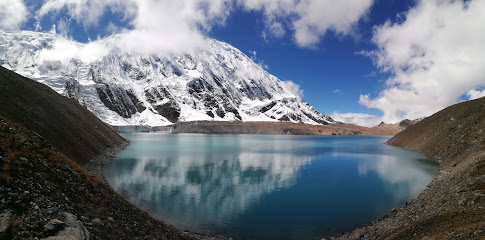
View Point of Bhalu Pahad
Experience breathtaking panoramic views and serene nature at Bhalu Pahad View Point, a must-visit tourist attraction in Phedi Khola.
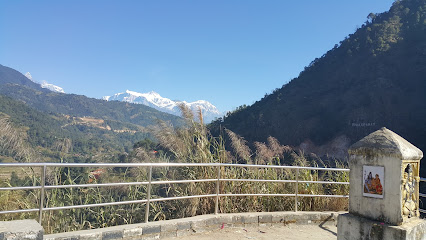
Jangchub Choeling Monastery
Explore the serene beauty and spiritual depth of Jangchub Choeling Monastery, a gem of tranquility in the heart of Pokhara, Nepal.
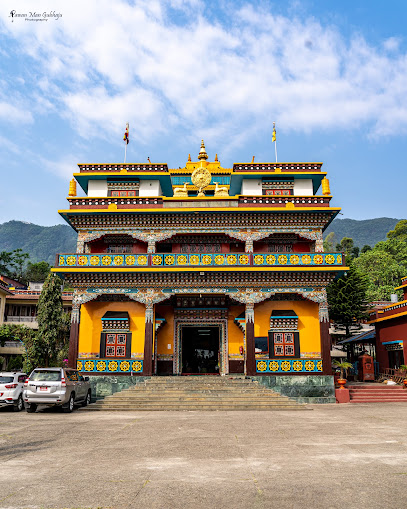
Manaslu Trekking Area
Discover the breathtaking landscapes, rich culture, and thrilling adventures of the Manaslu Trekking Area in Nepal, a UNESCO World Heritage gem.
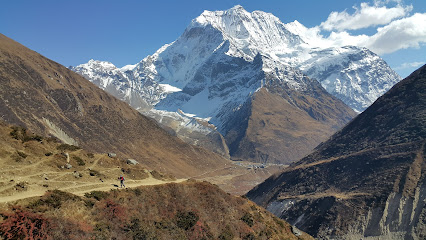
Unmissable attractions to see
Pokhara Lakeside
Explore the stunning beauty and adventure of Pokhara Lakeside, where the Himalayas meet tranquil waters and vibrant culture.
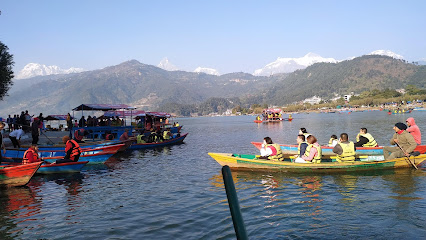
Manakamana Temple
Experience the divine serenity and breathtaking views of Manakamana Temple, a revered Hindu shrine nestled in the heart of Nepal's stunning landscapes.
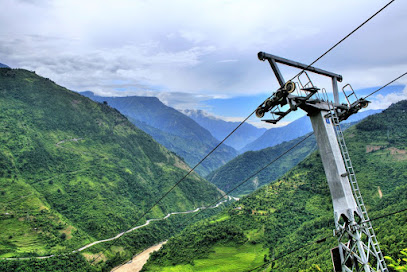
Mahendra Cave
Discover the breathtaking Mahendra Cave in Pokhara, a stunning natural marvel filled with enchanting limestone formations and rich cultural history.
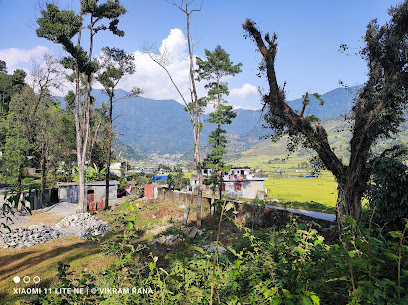
Pumdikot Religious Area
Explore the spiritual serenity of Pumdikot Religious Area, a stunning Hindu temple in Pokhara offering breathtaking views and a peaceful atmosphere.
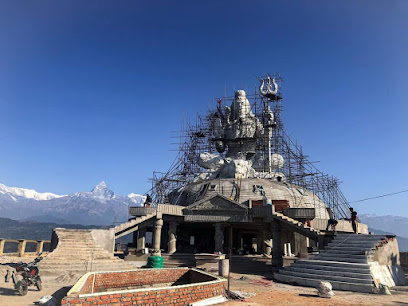
Seti River Gorge
Experience the breathtaking beauty of Seti River Gorge, a natural wonder in Pokhara, ideal for adventure seekers and nature lovers alike.
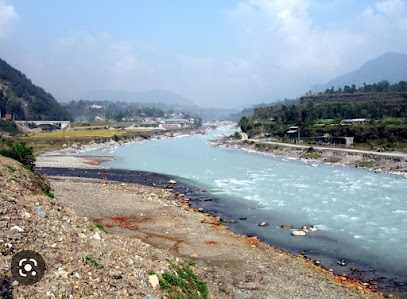
Langtang National Park
Explore the breathtaking landscapes of Langtang National Park, where stunning mountains meet rich cultural heritage in the heart of the Himalayas.
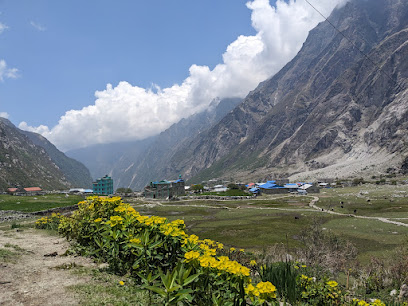
Rani Mahal
Discover the opulence of Rani Mahal, a historic palace in Tansen, Nepal, offering breathtaking views and a journey through royal heritage.
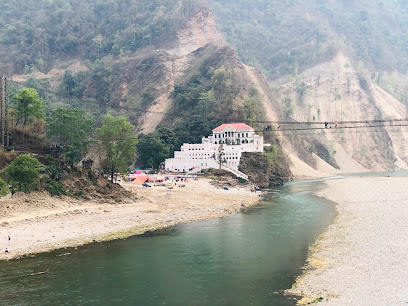
Kalika Bhagwati Temple, Nepal
Explore the spiritual heart of Baglung at Kalika Bhagwati Temple, where devotion meets stunning natural beauty in Nepal.
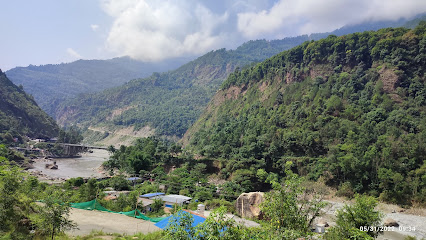
Annapurna Base Camp Trek
Experience the breathtaking beauty and rich culture of the Annapurna Base Camp Trek, a must-visit destination for adventure enthusiasts in Nepal.
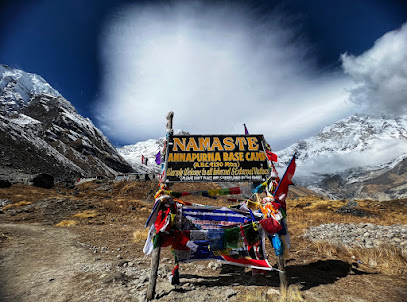
Kopan Monastery
Explore Kopan Monastery: A tranquil Buddhist retreat in Budhanilkantha, offering spiritual insights and breathtaking views of the Kathmandu Valley.
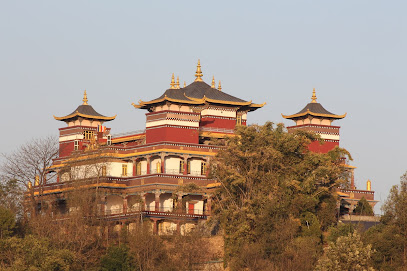
Galeshwor Temple
Discover spiritual tranquility at Galeshwor Temple, a revered Hindu pilgrimage site in Beni, surrounded by breathtaking natural beauty.
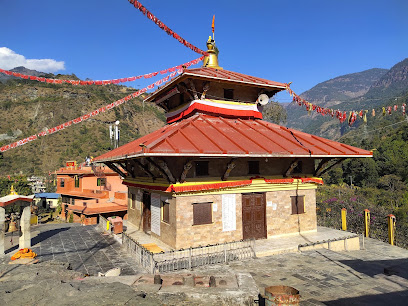
Muktinath Tour
Discover Muktinath: A sacred pilgrimage site in Nepal where spirituality meets stunning Himalayan scenery.
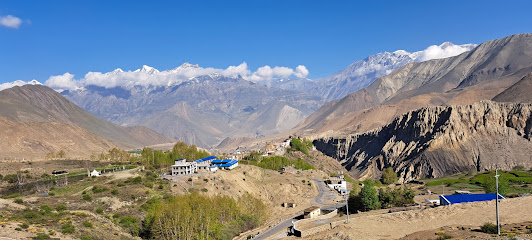
Shey Phoksundo National Park
Explore the breathtaking landscapes and rich biodiversity of Shey Phoksundo National Park, a national treasure in the heart of Nepal's Dolpa district.
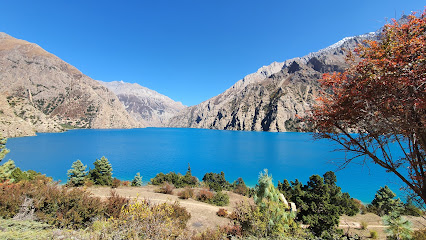
Dhorpatan Hunting Reserve
Discover the breathtaking beauty and diverse wildlife of Dhorpatan Hunting Reserve, Nepal's only formal hunting preserve, perfect for nature lovers and adventurers.
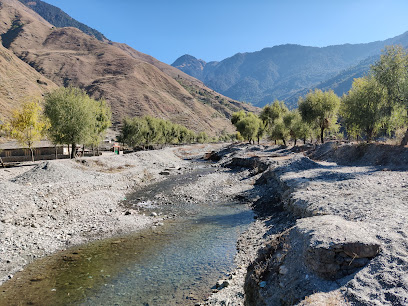
Tilicho Lake View Point
Experience the breathtaking beauty of Tilicho Lake View Point, a high-altitude gem in the Himalayan mountains, perfect for nature lovers and adventure seekers.

Essential places to dine
Daddys Kitchen Pokhara
Experience the authentic taste of Nepal at Daddy's Kitchen in Pokhara - where every meal tells a story.
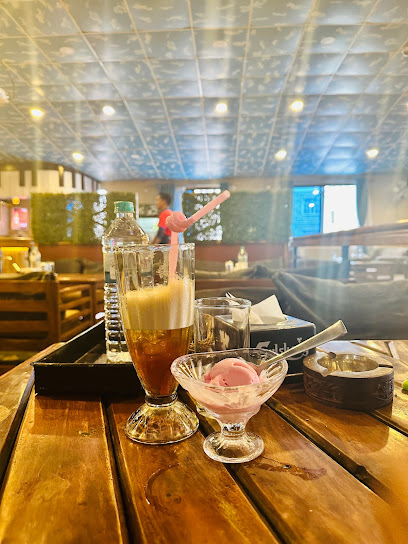
Jasper Restaurant - Thamel, Kathmandu
Experience the vibrant fusion of Nepalese and international cuisine at Jasper Restaurant in Thamel - where every meal tells a story.
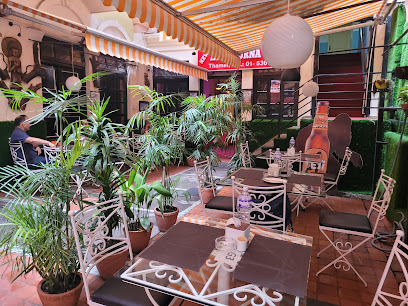
Le Sherpa Restaurant
Discover exquisite fine dining at Le Sherpa Restaurant in Kathmandu, where local flavors meet international cuisine in an elegant setting.
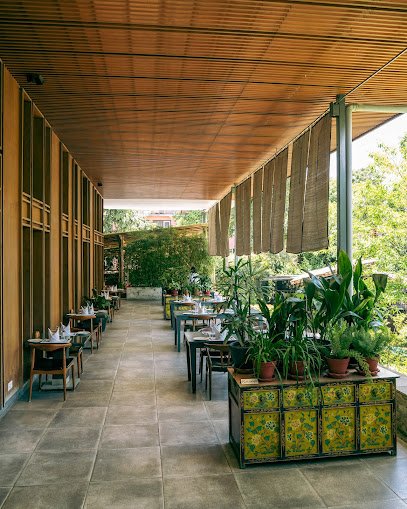
Forest & Plate
Discover culinary delights at Forest & Plate in Thamel - where fresh ingredients meet innovative flavors for an unforgettable dining experience.
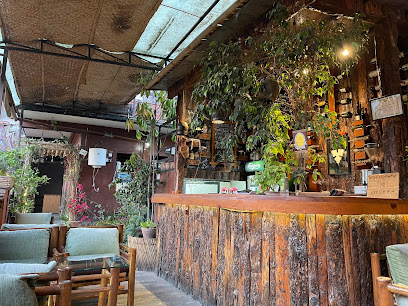
Bhanjyang Village Lodge and Restaurant
Experience authentic Nepali cuisine surrounded by stunning mountain vistas at Bhanjyang Village Lodge and Restaurant in Sarangkot.

Mantra Thakali
Experience authentic Nepali flavors at Mantra Thakali in Pokhara – where culinary tradition meets breathtaking scenery.

Mustang Thakali By State III
Experience authentic Nepalese cuisine at Mustang Thakali By State III in Kathmandu – where tradition meets taste.

Hotel Mustang Gateway & Yac Donald's Restaurant
Discover unparalleled comfort and delicious dining at Hotel Mustang Gateway & Yac Donald's Restaurant in scenic Kagbeni, Nepal.
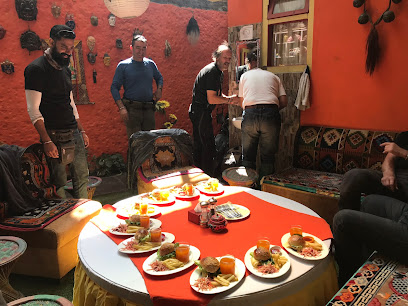
D Moksha Mustang Thakali
Experience authentic Thakali cuisine at D Moksha Mustang Thakali - where family-friendly dining meets Nepalese culinary traditions.
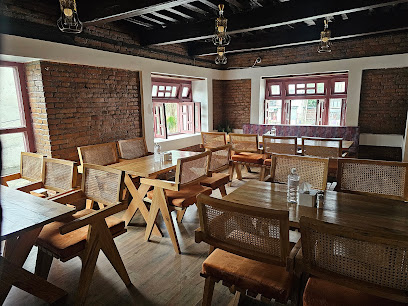
Sinuwa Lodge & Restaurant
Discover authentic Nepalese flavors at Sinuwa Lodge & Restaurant, where breathtaking views meet warm hospitality in Ghandruk.
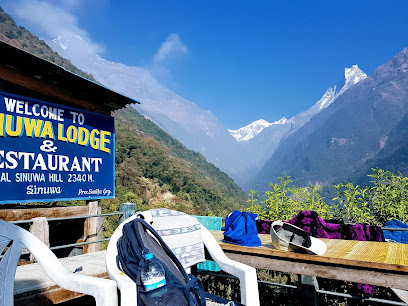
Basundhara Mustang Thakali Chulo & Multi Cusine
Discover authentic Nepalese cuisine at Basundhara Mustang Thakali Chulo – where family-friendly dining meets rich cultural flavors.
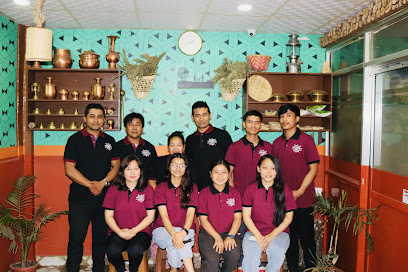
Mustang House Thakali Restaurant
Savor authentic Thakali cuisine at Mustang House in Itahari – where tradition meets flavor in every dish.
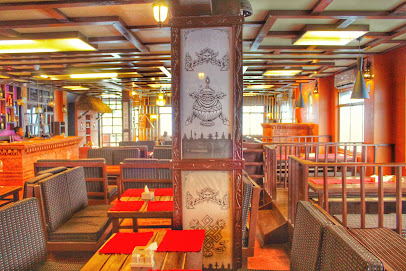
Mustang Thakali Kitchen Pokhara
Discover authentic Nepali flavors at Mustang Thakali Kitchen in Pokhara - A must-visit for food lovers seeking traditional cuisine.
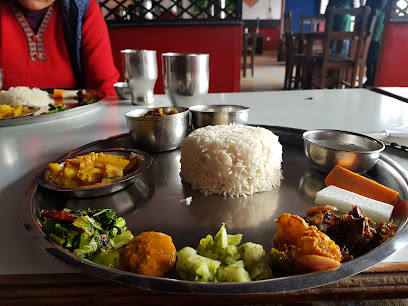
Manungkot Umbrella Restro
Experience authentic Nepali cuisine in Byas at Manungkot Umbrella Restro - where local flavors meet welcoming hospitality.

Lama Restaurant & Bhanchha Ghar
Experience authentic Nepali flavors at Lama Restaurant & Bhanchha Ghar in Beni – where tradition meets taste.
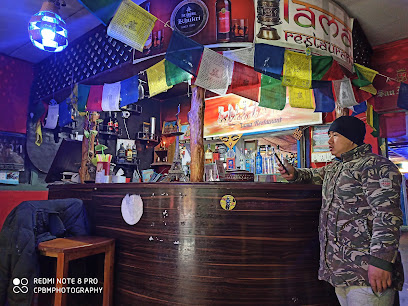
Markets, malls and hidden boutiques
Shree Muktinath Temple
Experience spiritual bliss at Shree Muktinath Temple, a sacred site for pilgrims amidst the majestic Himalayas.
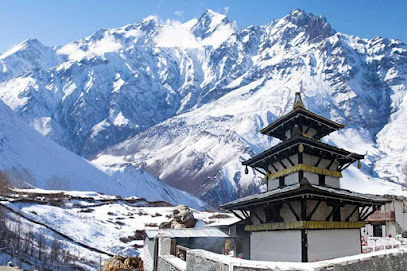
Guitar Shop
Explore a treasure trove of musical instruments at Kathmandu's Guitar Shop, where music and culture blend harmoniously.
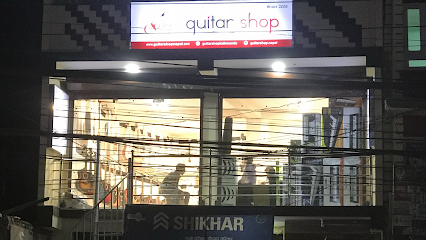
Big Mart
Explore Big Mart in Lazimpat, Kathmandu – your ultimate convenience store for groceries, snacks, and local delights.
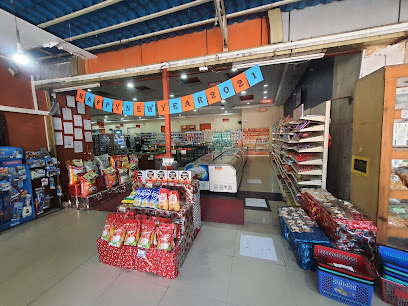
Jujukart Online
Explore Jujukart Online for an unforgettable shopping experience in Lalitpur, blending local culture with modern convenience.
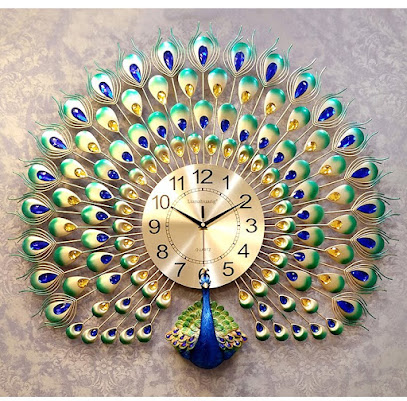
Nepalmountainbike@Pokhara MTB Adventures| cycling holidays| Bike Rental | Tour operator | company| MTB SHOP | Work Shop| KTM
Discover the adventure of mountain biking in Pokhara with Nepalmountainbike, your premier cycling holiday destination.
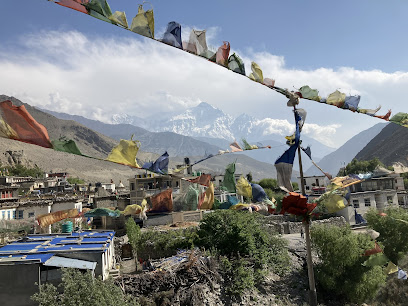
S.K. Handicrafts Export FAIR TRADE Cashmere Company
Discover the finest fair trade cashmere at S.K. Handicrafts in Kathmandu's vibrant Thamel district, where quality meets tradition.
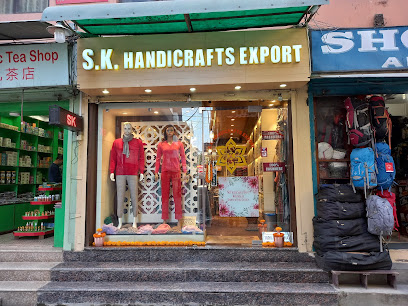
Chamling Cycle Pvt. Ltd. | Pokhara Best Mountain Bike Company | Popular Bicycle Shop | Famous MTB Store
Discover thrilling cycling adventures in Pokhara with Chamling Cycle, the best mountain bike company and bicycle repair shop.

Kathmandu Organics - Grocery Delivery
Explore the essence of Nepal with organic groceries, dairy, and meats at Kathmandu Organics, your go-to grocery store in the heart of Kathmandu.
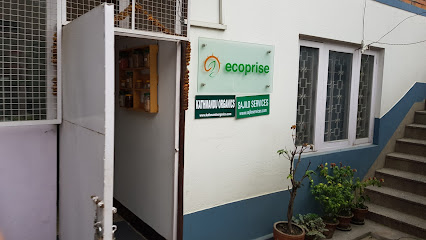
Kagbeni mustang
Explore Kagbeni, a hidden gem in the Mustang region, where ancient culture meets breathtaking Himalayan landscapes.
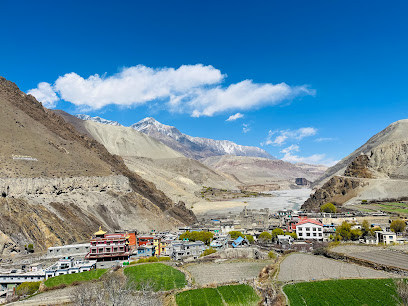
Big Sky Treks, Nepal
Embark on an unforgettable Himalayan adventure with Big Sky Treks in Nepal, offering expert guidance and breathtaking trekking experiences.
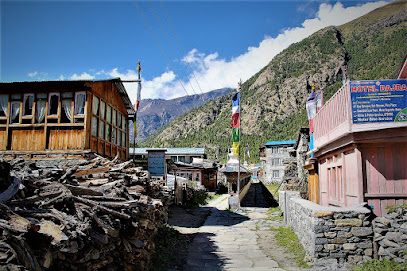
Upper Mustang, Nepal
Experience the enchanting beauty and rich Tibetan culture of Upper Mustang, Nepal, a hidden gem in the heart of the Himalayas.
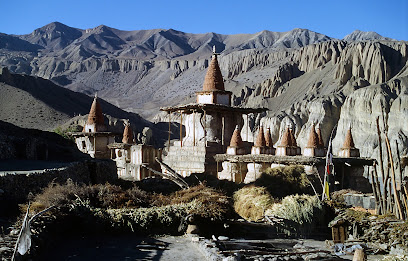
Himalayan Single Track Pvt. Ltd.
Unleash your adventurous spirit at Himalayan Single Track Pvt. Ltd., your premier destination for cycling adventures in the heart of Kathmandu.
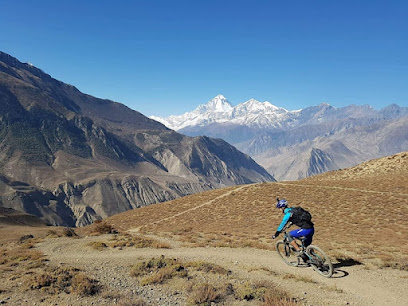
Himalayan Java Gallery Cafe
Experience the perfect blend of coffee, art, and live music at Himalayan Java Gallery Cafe in Jomsom, Mustang.
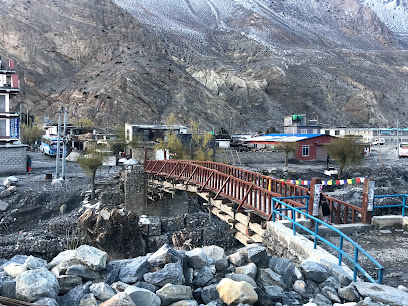
Raju Bullet surgery- Bullet Basecamp
Discover the best motorcycle repair and rental services in Pokhara at Raju Bullet Surgery - your adventure starts here.
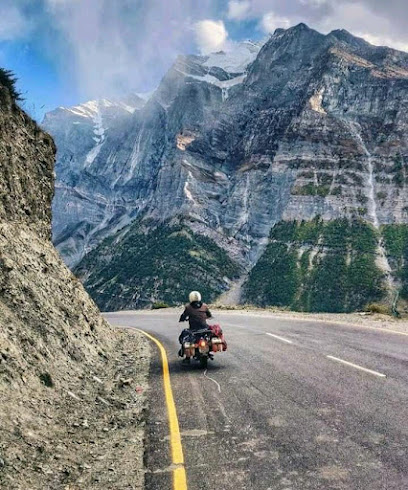
Himalayan Sherpa Trekking Gears Store
Discover high-quality trekking gear in the heart of Pokhara and prepare for your Himalayan adventure with expert advice.

Essential bars & hidden hideouts
Purple Haze Rock Bar
Discover the vibrant nightlife at Purple Haze Rock Bar, a favorite spot in Kathmandu for live music and refreshing drinks in a lively atmosphere.
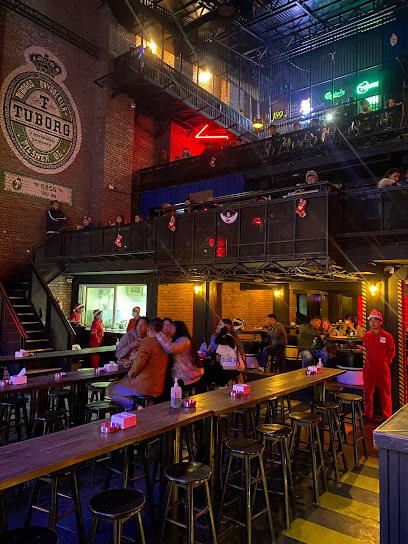
Sam's Bar
Discover the lively spirit of Kathmandu at Sam's Bar – a vibrant spot for drinks, music, and unforgettable nightlife experiences.
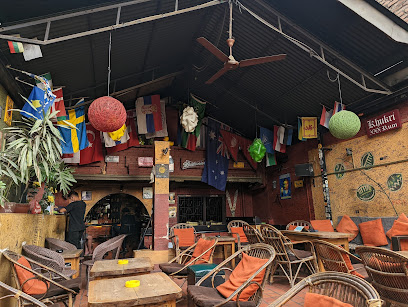
Reggae Bar (रेग्गे बार)
Reggae Bar in Kathmandu: A lively hub of music, drinks, and delicious food in the heart of Thamel, perfect for a memorable night out.
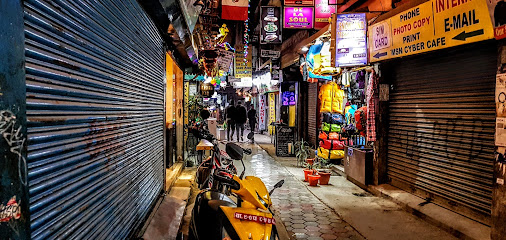
Buddha Bar
Experience an oasis of relaxation and vibrant nightlife at Buddha Bar in Kathmandu's Thamel district, where tradition meets modern comfort.
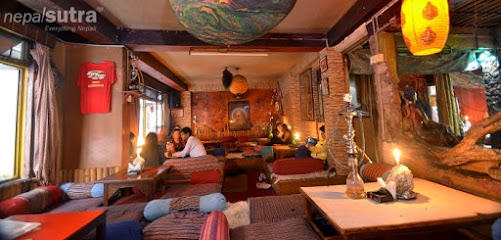
Everest Irish Pub
Discover the charm of Ireland in Kathmandu at Everest Irish Pub, where great food, drinks, and lively entertainment await.
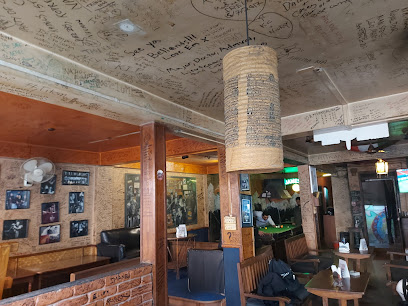
Irish Pub
Discover the vibrant atmosphere of an Irish pub in Kathmandu, offering authentic cuisine and a lively ambiance perfect for travelers.

The Bar Bar Black Sip
Experience the vibrant nightlife of Kathmandu at The Bar Bar Black Sip, a lively bar in Thamel serving great drinks and music.
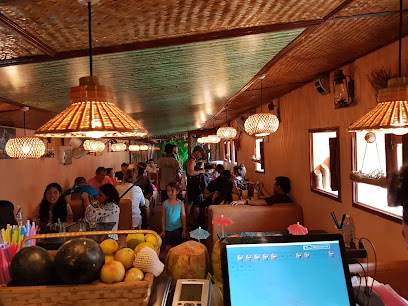
TITOS PUB N LOUNGE
Discover the lively nightlife of Lalitpur at TITO'S PUB N LOUNGE, where great drinks, live music, and unforgettable memories await.
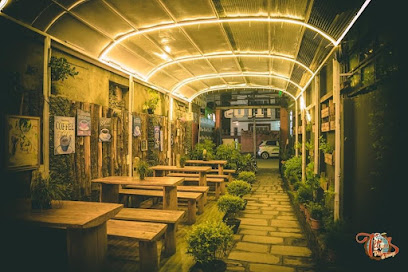
Namaste Pub
Experience the vibrant fusion of fine dining, cocktails, and live music at Namaste Pub in Thamel, Kathmandu.
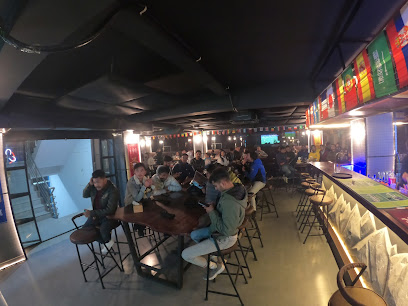
Fat Monk's Bar
Discover the lively atmosphere of Fat Monk's Bar in Thamel, Kathmandu, where local culture meets vibrant nightlife and refreshing drinks.
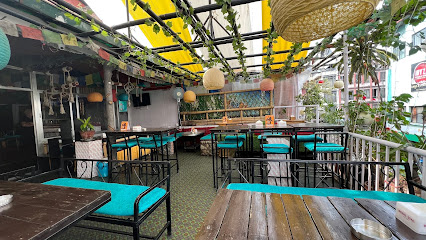
Bunker Hill Pub
Discover the lively spirit of Bunker Hill Pub in Lalitpur, where great drinks and vibrant atmosphere meet local culture.
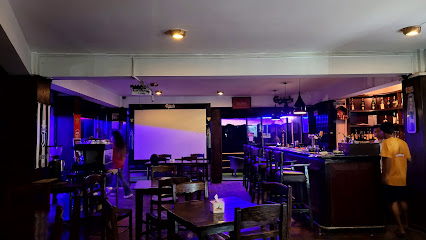
Trekkers Bar
Experience the thrill of sports in the heart of Kathmandu at Trekkers Bar, where adventure meets relaxation in a vibrant atmosphere.
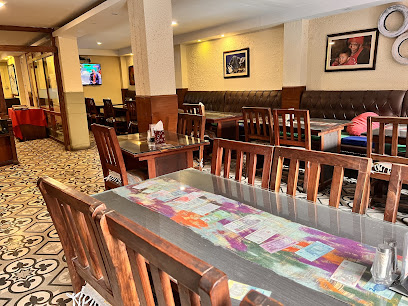
Pauline’s Jhamsikhel
Experience the vibrant nightlife at Pauline’s Jhamsikhel, a perfect blend of local flavors and welcoming ambiance in Lalitpur.
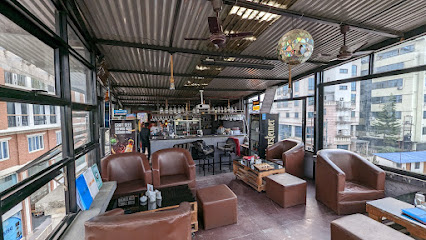
Cravend Restro and Bar
Experience the essence of Jomsom at Cravend Restro and Bar, where local flavors meet international cuisine in a stunning mountain setting.
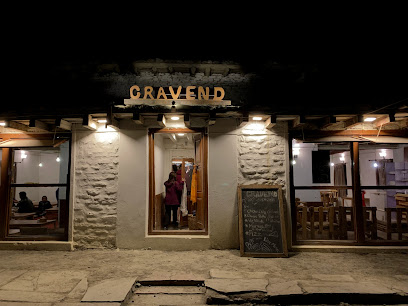
Triple-Double Lounge & Bar
Experience vibrant nightlife at Triple-Double Lounge & Bar, where delicious drinks meet a friendly atmosphere in Kathmandu's Jorpati area.
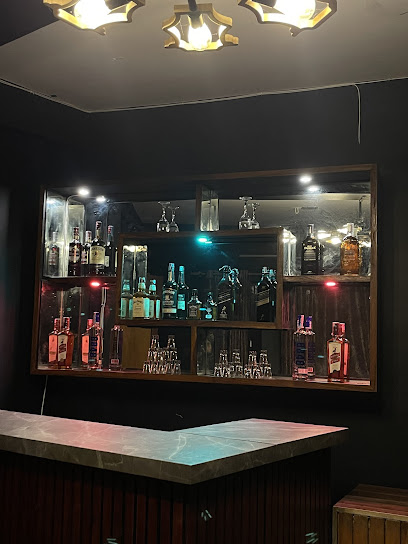
Local Phrases about Upper Mustang
-
- Helloनमस्ते
[namaste] - Goodbyeफेरि भेटौं
[pheri bhetou] - Yesहो
[ho] - Noहोइन
[hoin] - Please/You're welcomeकृपया
[kripaya] - Thank youधन्यवाद
[dhanyabad] - Excuse me/Sorryमाफ गर्नुहोस्
[maaf garnuhos] - How are you?तपाईंलाई कस्तो छ?
[tapailai kasto cha?] - Fine. And you?राम्रो छ। तिमीलाई?
[ramro cha. timilai?] - Do you speak English?तिमी अंग्रेजी बोल्छौ?
[timi angreji bolchhau?] - I don't understandमैले सम्झिन
[maile samjhin]
- Helloनमस्ते
-
- I'd like to see the menu, pleaseकृपया मेनु हेर्न लागि
[kripaya menu hern lagi] - I don't eat meatम भांसाखान्छु
[ma bhansakhanchu] - Cheers!चियर्स!
[chears!] - I would like to pay, pleaseकृपया तिर्न चाहन्छु
[kripaya tirn chahanchu]
- I'd like to see the menu, pleaseकृपया मेनु हेर्न लागि
-
- Help!मदत!
[madat!] - Go away!दुर्गम!
[durgam!] - Call the Police!प्रहरीलाई बोलाउनुहोस्!
[praharilai bolaunuhos!] - Call a doctor!डाक्टरलाई बोलाउनुहोस्!
[daktarlai bolaunuhos!] - I'm lostम हराएको छु
[ma haraeko chu] - I'm illम रोगी छु
[ma rogi chu]
- Help!मदत!
-
- I'd like to buy...म किन्न चाहन्छु
[ma kinn chahanchu] - I'm just lookingम सिर्जना गरिरहेको छु
[ma sirjana gariraheko chu] - How much is it?यो कति हो?
[yo kati ho?] - That's too expensiveयो धेरै महँगो छ
[yo dherai mahango cha] - Can you lower the price?के तपाईं मूल्य हाल्न सक्नुहुन्छ?
[ke tapailai mulya haln saknuhunchha?]
- I'd like to buy...म किन्न चाहन्छु
-
- What time is it?कति बज्यो?
[kati bajyo?] - It's one o'clockएक बजे भएको छ
[ek baje bhaeko cha] - Half past (10)दसबजे डेढ
[dasbaje dedh] - Morningबिहान
[bihan] - Afternoonदिउँसो
[diunso] - Eveningसाँझ
[sanh] - Yesterdayहिजो
[hijo] - Todayआज
[aaj] - Tomorrowभोली
[bholi] - 1एक
[ek] - 2दुई
[dui] - 3तीन
[tin] - 4चार
[char] - 5पाँच
[paanch] - 6छ
[chh] - 7सात
[saat] - 8आठ
[aath] - 9नौ
[nau] - 10दस
[das]
- What time is it?कति बज्यो?
-
- Where's a/the...?यहाँ कुनै... कहाँ छ?
[yaha kunai... kaha cha?] - What's the address?ठेगाना के हो?
[thegana ke ho?] - Can you show me (on the map)?के तपाईं म प्रदर्शन गर्न सक्नुहुन्छ (नक्सामा)?
[ke tapailai pradarshan garn saknuhunchha (naksama)?] - When's the next (bus)?अर्को कति बज्यो (बस)?
[arko kati bajyo (bas)?] - A ticket (to ....)एक कोटी (मा ....)
[ek koti (ma ....)]
- Where's a/the...?यहाँ कुनै... कहाँ छ?
History of Upper Mustang
-
Upper Mustang, once an independent kingdom, was known as the Kingdom of Lo. Founded in 1380 by Ame Pal, the region has maintained a unique cultural heritage and autonomy well into the 18th century. The walled city of Lo Manthang, the capital, stands as a testament to its historical significance.
-
Upper Mustang was a crucial part of the ancient trade route between Nepal and Tibet, facilitating the exchange of salt, wool, and grains. The strategic location made it a melting pot of Tibetan and Nepalese cultures, languages, and traditions.
-
The Tij Festival, celebrated with great fervor in Upper Mustang, showcases the unique cultural traditions of the region. This festival is dedicated to the goddess Parvati and involves vibrant dances, songs, and rituals, symbolizing the deep-rooted Hindu and Buddhist practices of the area.
-
In the 18th century, Upper Mustang was annexed by the Kingdom of Nepal. Despite this political change, the region retained a high degree of autonomy and continued to preserve its distinct cultural and social identity.
-
Upper Mustang is home to several ancient monasteries, such as the Thubchen and Jampa monasteries in Lo Manthang, which date back to the 15th century. These monasteries are important centers for Tibetan Buddhism and house rare manuscripts and intricate wall paintings.
-
The region is dotted with thousands of man-made caves carved into the cliffs. These caves, some of which date back over 2,000 years, were used for meditation, burial, and as dwellings. Recent archaeological studies have unveiled mummies, ancient manuscripts, and relics, shedding light on the early history of Mustang.
-
Upper Mustang was restricted to tourists until 1992, preserving its isolation and pristine culture. The controlled tourism policy ensures that the fragile environment and unique cultural heritage remain protected, allowing visitors to experience an unspoiled Tibetan-influenced way of life.
-
The Tiji Festival, a three-day ritual known as 'The Chasing of the Demons,' is celebrated annually in Lo Manthang. It marks the triumph of good over evil and involves colorful dances, elaborate costumes, and traditional music, reflecting the region's rich mythological and spiritual traditions.
Upper Mustang Essentials
-
Upper Mustang is located in the north-central part of Nepal, near the border with Tibet. The nearest international airport is Tribhuvan International Airport in Kathmandu. From Kathmandu, you can take a domestic flight to Pokhara, which is approximately 25 minutes in duration. From Pokhara, you can either take a flight to Jomsom, which takes about 20 minutes, or embark on a road journey that could take around 8 to 9 hours. Once in Jomsom, you can trek or hire a jeep to reach Lo Manthang, the capital of Upper Mustang.
-
Within Upper Mustang, transportation options are limited due to the remote and rugged terrain. Trekking is the most popular way to explore the region, and it offers an immersive experience of the landscape and local culture. Jeeps are available for hire in Jomsom and can be used for longer distances or for those who prefer not to trek. There are no public buses within Upper Mustang, so private transport or trekking are the main options.
-
The official currency in Nepal is the Nepalese Rupee (NPR). Credit cards are accepted in some hotels and larger establishments in Kathmandu and Pokhara, but in Upper Mustang, it is advisable to carry cash. ATMs are available in Kathmandu and Pokhara, but they are scarce in Upper Mustang. Ensure you have enough cash for your entire trip before heading into the region.
-
Upper Mustang is generally a safe destination for tourists. However, it is important to take standard precautions. Avoid walking alone at night and keep an eye on your belongings in crowded areas. There are no specific high-crime areas targeting tourists, but it is always best to stay vigilant and aware of your surroundings. The altitude and remote location can pose health risks, so acclimatize properly and stay hydrated.
-
In case of emergency, dial 100 for police assistance and 102 for medical emergencies. The local police station and medical facilities are available in Jomsom. It is highly recommended to have travel insurance that covers medical emergencies, including evacuation. For minor health issues, carry a first aid kit and necessary medications, as pharmacies are limited in the region.
-
Fashion: Do dress modestly, especially when visiting religious sites. Avoid wearing revealing clothing. Religion: Do respect local customs and traditions. Always remove your shoes when entering monasteries and stupas. Public Transport: Do be respectful to locals and their customs. Don't expect Western standards of punctuality. Greetings: Do greet people with a friendly 'Namaste' and a slight bow. Eating & Drinking: Do try local delicacies and accept food offerings graciously. Don't refuse hospitality, as it is considered impolite.
-
To experience Upper Mustang like a local, visit during the Tiji Festival, a three-day ritual celebrated with dances and prayers to chase away demons. Engage with the locals, as they are often friendly and willing to share stories about their culture and history. Try traditional Tibetan food such as Momos and Thukpa. Explore the ancient caves and monasteries, and don't miss the walled city of Lo Manthang, which offers a glimpse into the region's rich heritage.
Trending Landmarks in Upper Mustang
-
Patan Darbar Square
-
Manakamana Temple
-
Annapurna Conservation Area
-
Shree Muktinath Temple
-
Mahendra Cave
-
Pumdikot Religious Area
-
Seti River Gorge
-
Rani Mahal
-
Galeshwor Temple
-
Siddha Gufa (Cave) Bimal Nagar
-
Dhorpatan Hunting Reserve
-
Tilicho Lake View Point
-
View Point of Bhalu Pahad
-
Jangchub Choeling Monastery
-
Manaslu Trekking Area
Nearby Cities to Upper Mustang
-
Things To Do in Bandipur
-
Things To Do in Gorkha
-
Things To Do in Lumbini
-
Things To Do in Chitwan
-
Things To Do in Kathmandu
-
Things To Do in Patan
-
Things To Do in Bhaktapur
-
Things To Do in Nagarkot
-
Things To Do in Namche Bazaar
-
Things To Do in Lucknow
-
Things To Do in Patna
-
Things To Do in Varanasi
-
Things To Do in Kanpur
-
Things To Do in Darjeeling
-
Things To Do in Gangtok










